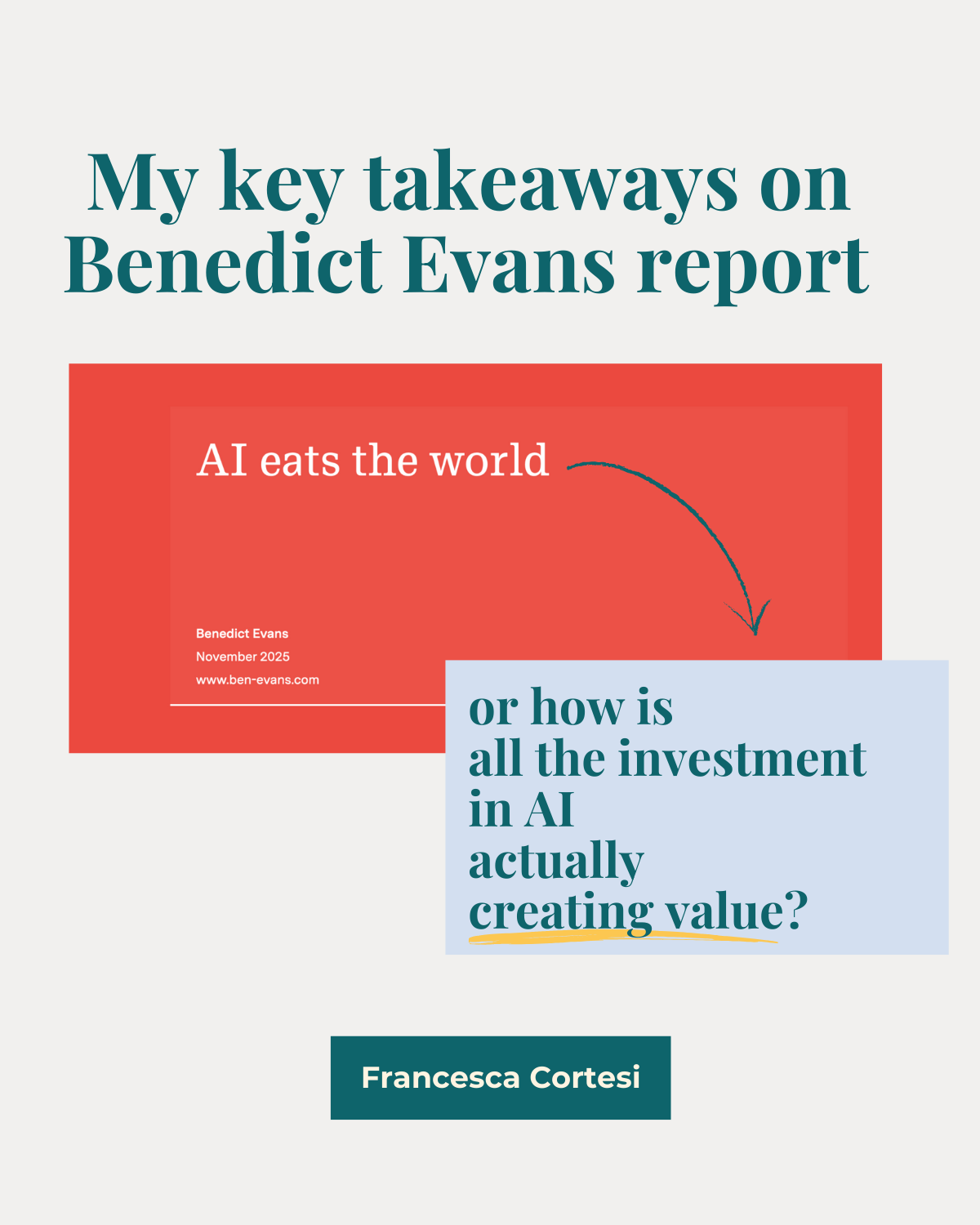How we transformed Hemnet product development to make it the engine of our growth
Picture courtesy of Hemnet
Hemnet is the largest property portal in Sweden and the most popular property portal in the world. Like many of its peers, it was born as an industry initiative a little bit more than 20 years ago, when the real estate industry started its digitalization journey moving from printed media to the web.
If the first big change was moving from press to web, the next innovation wave came from tech. This is what I call the ”productification of the property portal”, a shift from being a really successful marketplace to becoming a real product company, using product development as a competitive advantage.
I was fortunate enough of starting at Hemnet right in the middle of this product wave. And since when I started to head product in September 2019, one of my biggest focuses has been on unleashing its potential, making Hemnet product development the engine powering our growth.
I dare to say that if today Hemnet grows at a fast pace, is because we use product development as a competitive advantage. We are far from being done in our journey but today, one year since the start, I definitely have some lessons learned and reflections.
Product is a team sport - invest in building trust
It might sound obvious but you have to invest a lot of time in creating trust across the border: from senior stakeholders to team members. If team members do not trust you, they will not follow your lead and if you do not trust them, you will not be able to count on innovation. If stakeholders do not see progress, they will want to dig into the details. But if instead, they see the needle moving, they’ll help you in accelerating reaching your goals with strategic guidance.
What it takes is time, consistency, clear leadership, and yes, a lot of patience.
When I look back at how I did it, I remember all the time I spent in never-ending meetings when I was ”just” answering a lot of questions, from all over the place. Accepting conflicts, showing curiosity, and change according to feedbacks was definitely one of the building blocks of the journey. There is no shortcut, take the time!
Leads with context, not control
What I learned the hard way is that what might sound obvious to me, it is not obvious to anyone else. The most important thing to create an organization of missionaries and not mercenaries, to use the words of Marty Cagan, is to explain step by step where you want to head and why. The goal needs to be crystal clear for everyone in the organization, that is the only way for them to figure out the hows.
How I give context to the teams has been a journey during 2020. I started by writing one-pagers à la Amazon to explain why a certain objective and key result is important. I then understood that there are no one-way-fits all if you want to engage as many as possible. Therefore, I switched to a mix of synchronous and asynchronous meetings that involve video, Q&A, and written presentations. Short videos in particular have been a great way to scale the same message to everyone at Hemnet.
Create focus but do not optimize for tunneling
If saying no and choosing the right opportunities is the art of a PM, striking the right balance between company focus and product synergies is what a CPO has to excel at.
I learned that you achieve the best results if you are able to create a clear focus for the company and every single one of the product teams while at the same time avoid that every single team just optimizes for its results and misses synergies. If it sounds complicated is because it is. It involves a lot of nos, discussions, and compromising. But it is also the key to think like a product company and not as a project organization.
At Hemnet we work with it by having common OKRs for the entire product organization. Every team can steer their priority based on outcomes, but we also have a common Hemnet backlog, that make the priority for the entire company transparent and clear. That way we optimize for the big picture while giving freedom to the single teams.
Image courtesy of Ian Schneider via unsplash
Transparency + understanding = alignment
Our CEO says that my favorite expression is ”let’s connect the dots”. This is because I believe that nothing creates results as connecting complicated concepts as ”product strategy” and ”business plan” to what everyone is doing in their daily job. I believe that if everyone understands how they can contribute to the bigger goal and that the long-term vision is built upon all the micro-decisions that they make every day, commitment and innovation will follow.
One year ago we did not have full alignment, because we didn’t have all the pieces of the puzzle lined-up. I dare to say that we are in another place now. During the time I worked a lot with visualizing how the business plan is connected with product strategy, OKRs, Hemnet backlog, and team backlog. It is hard to present complicated things in an easy way, but it is the key to an empowered organization.
Reflection is the key to success and a learning organization
Maybe the most important lesson I learned along this journey is that taking time for reflection and calibrate the work quarter after quarter is the only way for continuous improvement.
We spend a lot of time planning, aligning, and working iteratively but we spend far too little time evaluating if our decisions are taking us in the right direction. I found it extremely valuable to stop and think, take a break from the daily job long enough to see the big picture, and make sure we are doing the right things. Without reflection, there is no learning and without learning, there is no improvement.
At Hemnet I lead a process retrospective every quarter and I collect inputs from the entire product organization constantly. A process has to deliver value and align with what we want, you can’t improve it by yourself, you need the perspective of people working within it. Dare to ask frequently and embrace some frustration, it is the only way to make the process better day after day.
Believe in the power of Ubuntu
Last but not least, none of the above would have been possible without the incredible product people that work at Hemnet. If you want to succeed you need to hire people with the right motivation and attitude and give those people space, feed their creativity, let them innovate, and watch them flourish from the side.
There is no ego in product, especially not if you are the CPO. You need to live and breathe ubuntu philosophy: I am, because of who we all are. Leave the stage for your team to shine and have their back, always.
As Bill Campbell puts it ”leadership is about recognizing that there’s a greatness in everyone, and your job is to create an environment where that greatness can emerge.”











